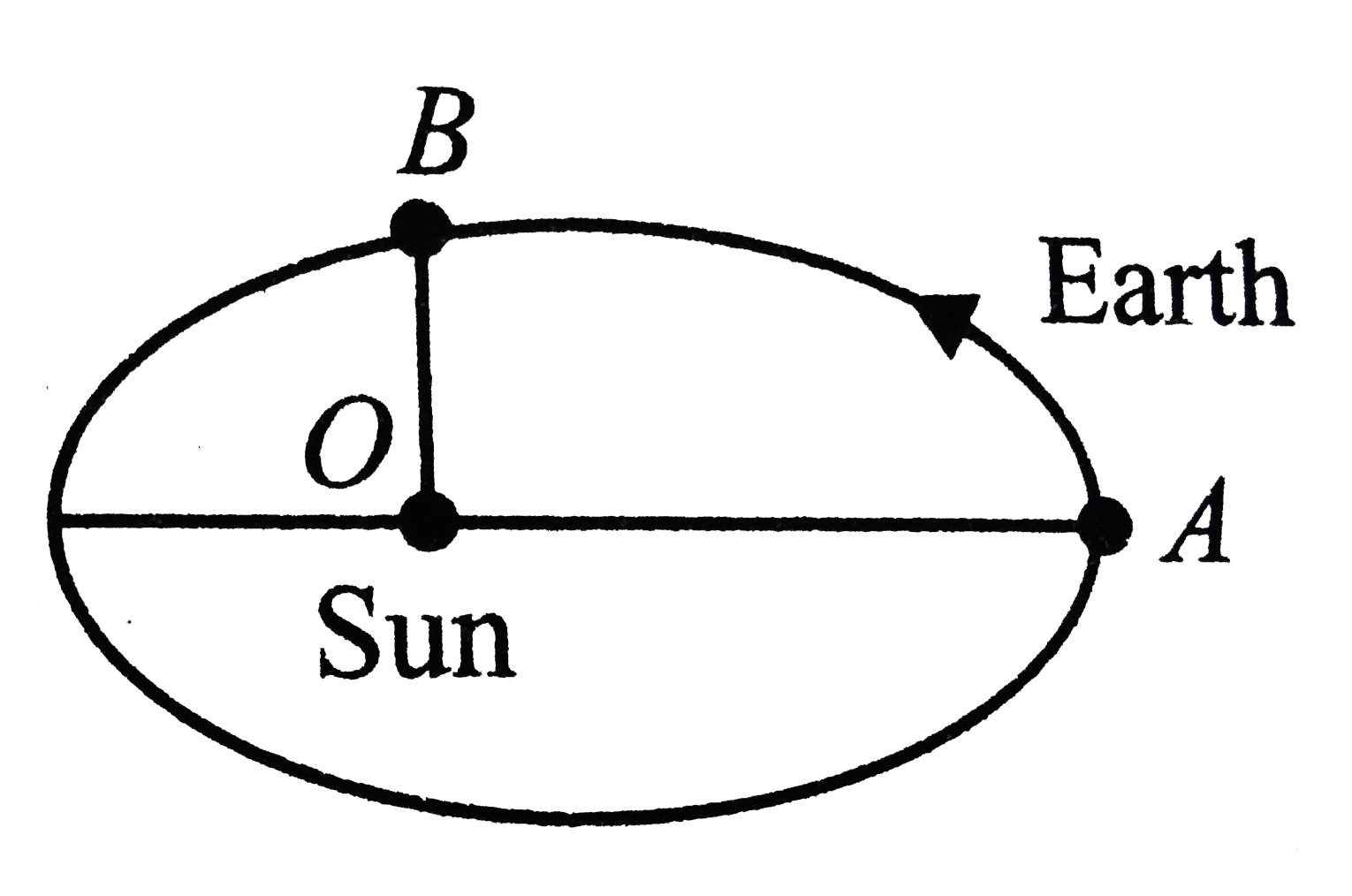A satellite S moves around a planet P in an elliptical orbit as shown in the figure. The ratio of the speed of the satellite at point a to that at point b is xy, Find (x−y).
'(##CEN_KSR_PHY_JEE_C10_011_Q01##)'
The correct Answer is:2
Topper's Solved these Questions
Similar Questions
The ratio of time constant in charging and discharging in the circuit shown in the figure is xy. Find (x+y)
'(##CEN_KSR_PHY_JEE_CO23_E01_034_Q12##)'
View SolutionA periodic voltage V varies with time t as shown in the figure. T is the time period. The ms value of the voltage is V0k. Find k.
'(##CEN_KSR_PHY_JEE_C24_E01_004_Q02##)'
View Solution
Knowledge Check
The earth moves around the Sun in an elliptical orbit as shown in Fig. The ratio OA/OB=x. The ratio of the speed of the earth at B to that at A is nearly
 A√xBxCx√xDx2
A√xBxCx√xDx2The earth moves around the Sun in an elliptical orbit as shown in Fig. The ratio OA/OB=x. The ratio of the speed of the earth at B to that at A is nearly
 A√xBxCx√xDx2
A√xBxCx√xDx2
Thegraph AB shown in the figure is a plot of temperature of a body in degree Celsius and degree Fahrenheit. If the slope of line'AB is xy, find (x+y).
'(##CEN_KSR_PHY_JEE_C13_E01_001_Q01##)'
View SolutionA small block slides with velocity v0=0.5√gr on the horizontal frictionless surface as shown in the figure. The block leaves the surface at point C. The angle θ in the figure is cos−1(x)y. Find (x+y).
'(##CEN_KSR_PHY_JEE_C07_032_Q21##)'
View SolutionThe potential (in volt) of point P in the given diagram will be
'(##CEN_KSR_PHY_JEE_CO20_E01_019_Q14##)'
View SolutionIn the figure shown a planet moves in an elliptical orbit around the sun. Compare the speeds, linear and angular momenta at the points A and B.

View SolutionIn the figure shown a planet moves in an elliptical orbit around the sun. Compare the speeds, linear and angular momenta at the points A and B.

View SolutionIn the series LCR circuit as shown in the figure, the heat developed in 80s is x joule and amplitude of wattless current is y ampere. Find xy100.
'(##CEN_KSR_PHY_JEE_C24_E01_019_Q09##)'
View Solution
